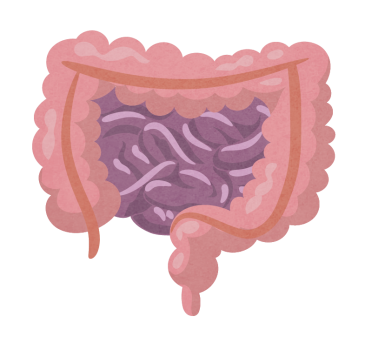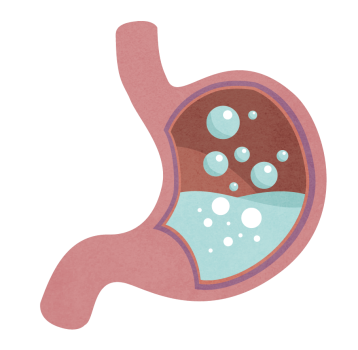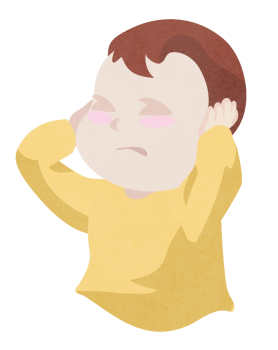
Common Types of Crying and the Meaning of your Child’s Sounds
It’s normal for children to cry, but what if your little one is crying a lot more than usual? Fussing and crying can be linked to gut discomfort caused by digestive issues. Could your child’s crying be a sign of colic, or a gassy child? Or is your child just hungry?
As your child could be crying due to various reasons, it’s tricky to know for sure. Here are some tips that might help you pinpoint the underlying cause of your child’s crying, and what you can do to help.
Understand your child’s crying
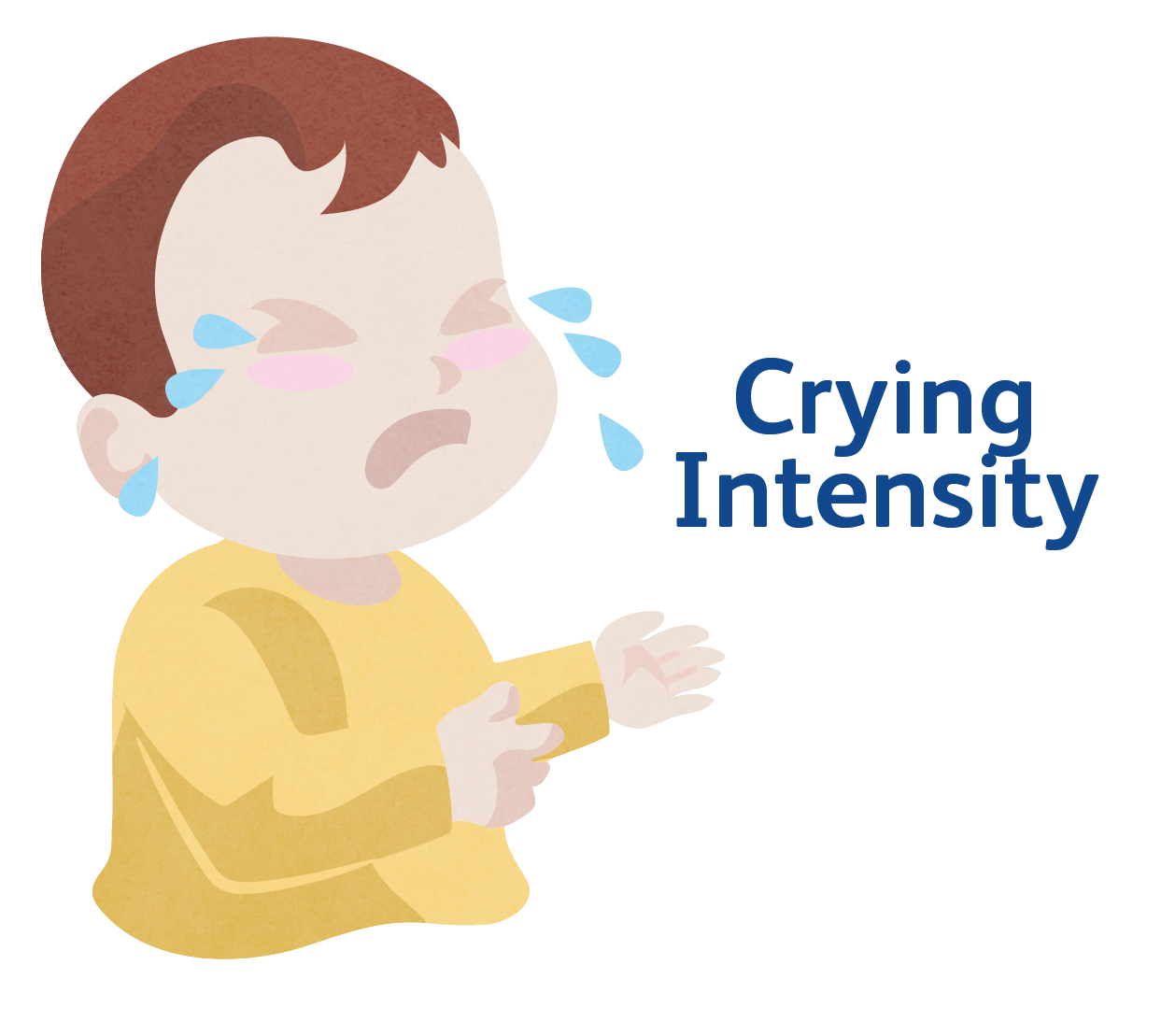
Types of Crying1
Is your little one just cranky, hungry or is there more to the endless tears? Here are some tips of how to identify the cause of your child’s distress.
|
Type of crying: Crying a lot, intense crying, wailing suddenly or crying inconsolably.
Possible cause: Crying could be due to colic. |
|
Type of crying: Low-pitched, rhythmic, repetitive cry combined with other sign like rooting for the breast, sucking motion with his or her tongue, lip-smacking or putting his or her fingers into the mouth.
Possible cause: Crying could be due to hunger. |
|
Type of crying: Whiny, nasal, continuous cry that builds in intensity and is usually accompanied by yawns, eye-rubs or ear-tugs.
Possible cause: Crying could be due to child being tired or uncomfortable; check for dirty diaper. |
|
Type of crying: Lower pitch than the ‘pain’ or ‘tired’ cry.
Possible cause: Crying could be due to child being sick; look out for additional symptoms like fever, diarrhea, constipation, vomiting or rashes. |
|
Type of crying: High pitched shrieks, sometimes accompanied by child arching his or her back or grunts.
Possible cause: Crying could be due to child in pain. |
Why can’t your child stop crying?
These are a few potential causes of discomfort that can result in crying:
How to comfort your crying child
Comforting techniques will usually soothe a crying child if the crying isn’t caused by pain. These techniques may also help to comfort a child with colic. Even though colic is not harmful, it can take a toll on parents and caregivers. In most cases, it will eventually subside after a few months.
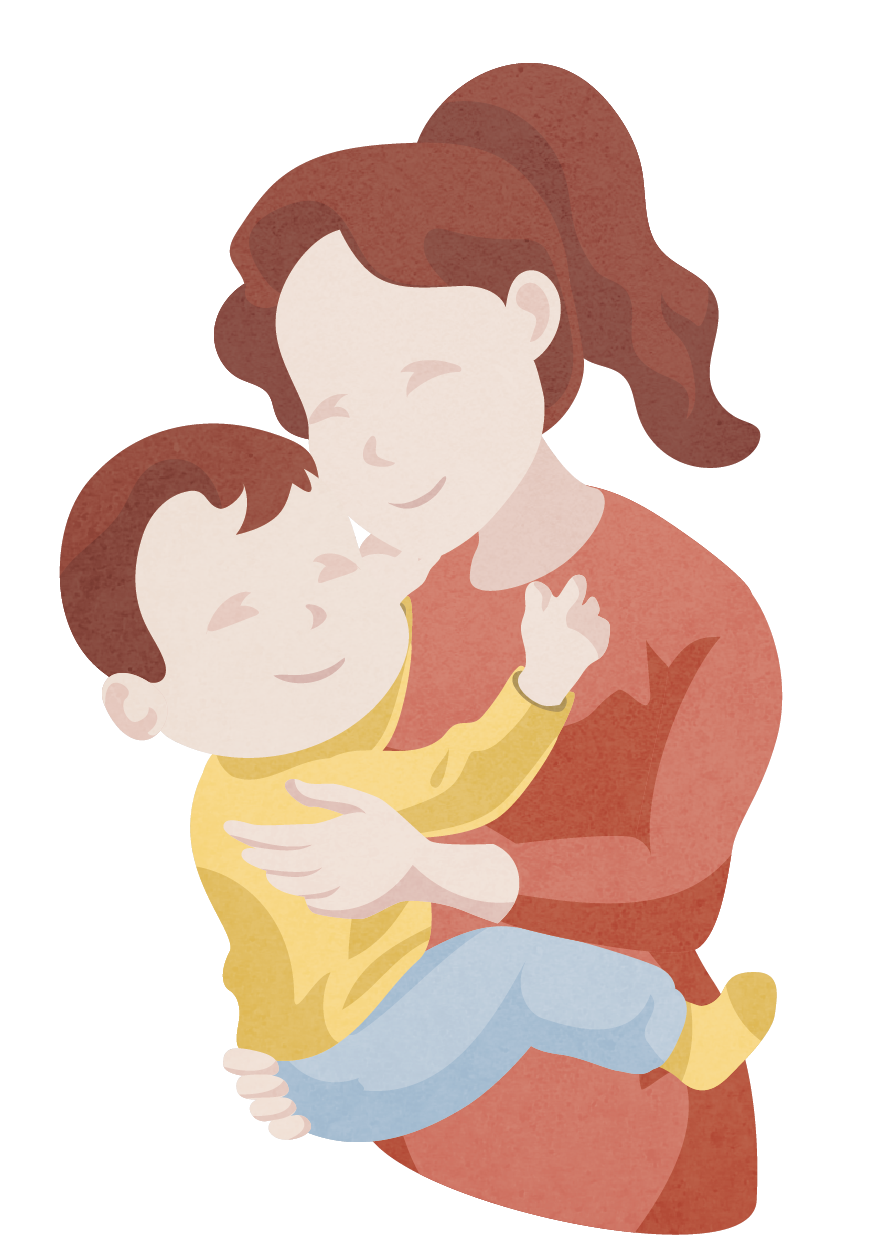
You may want to try methods that can help soothe your crying child.
- Give your little one a warm bath
- Put on some soothing music
- Feed easy-to-digest foods
- With your child lying face up, gently lift and move your little one’s legs in a cyclic motion
- Change your cradling position
Soothing a crying child is never easy, but getting to the bottom of your little one’s tears could potentially help to sooth him or her. If your child is constipated, there are several ways of helping to resolve that problem too. We hope these tips will help you understand your child better and make him or her more comfortable.
However, if the crying does not seem normal or if you think your child is sick, it would be recommended to see a pediatrician for advice.
Reference:

